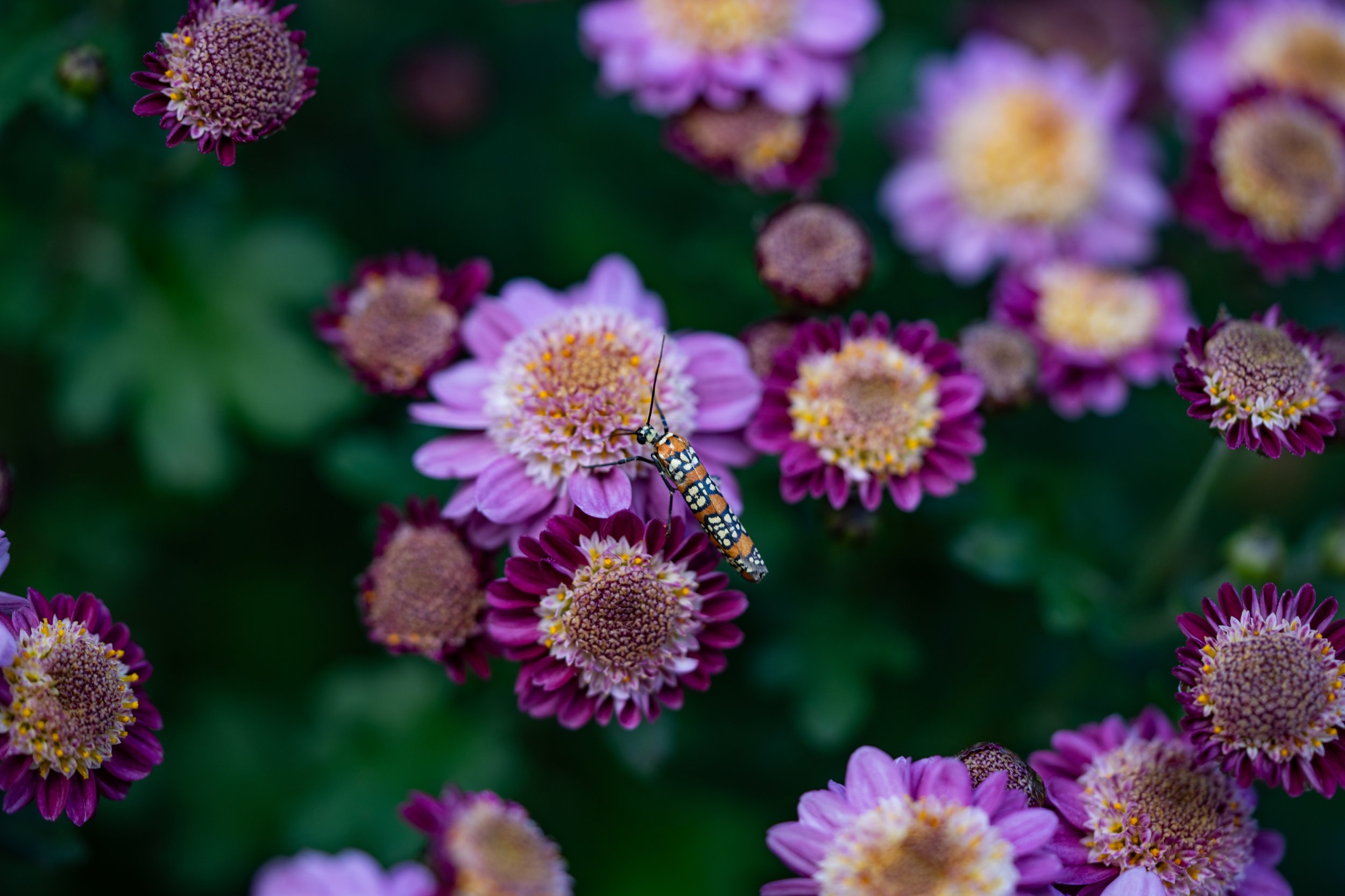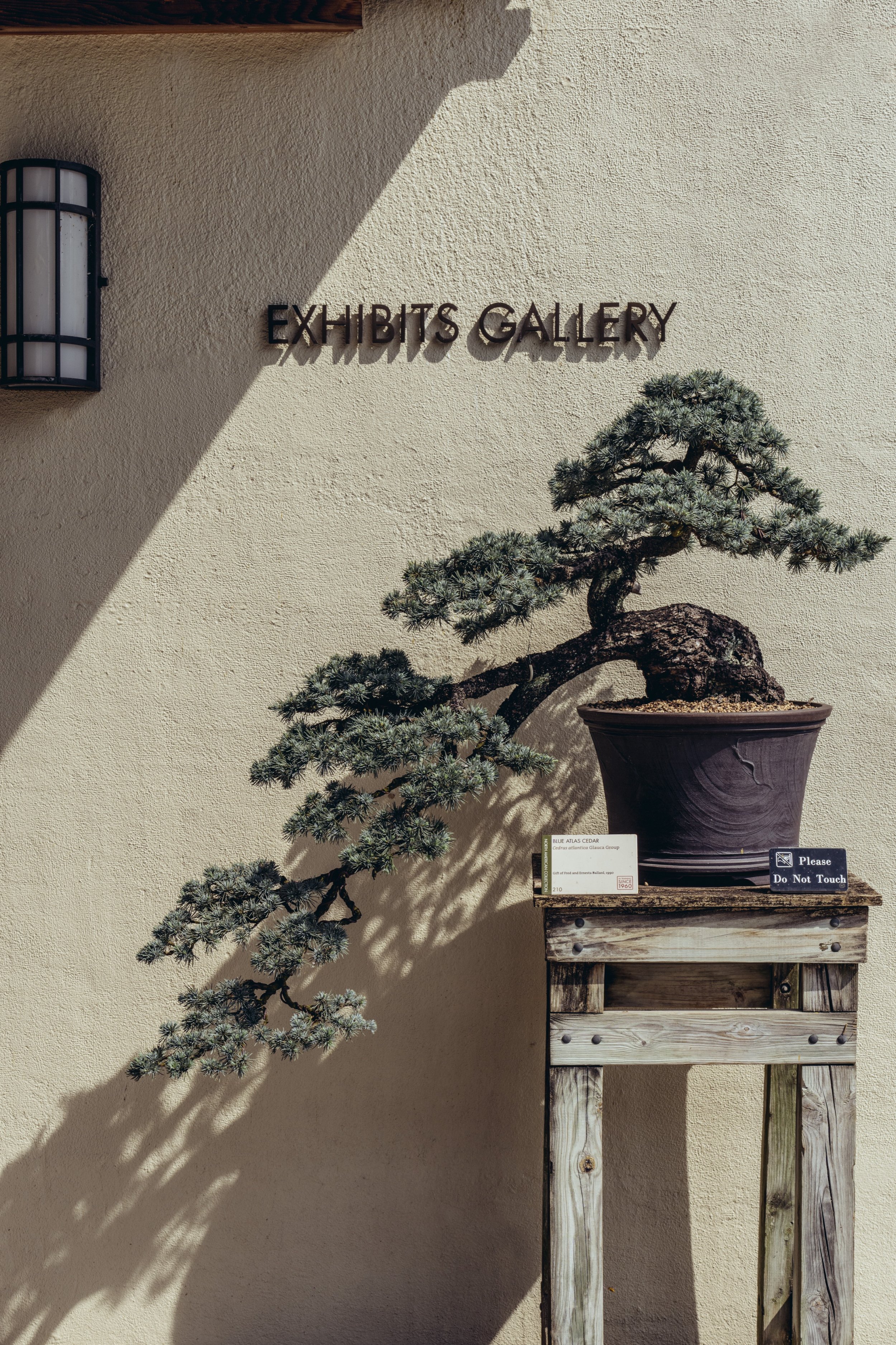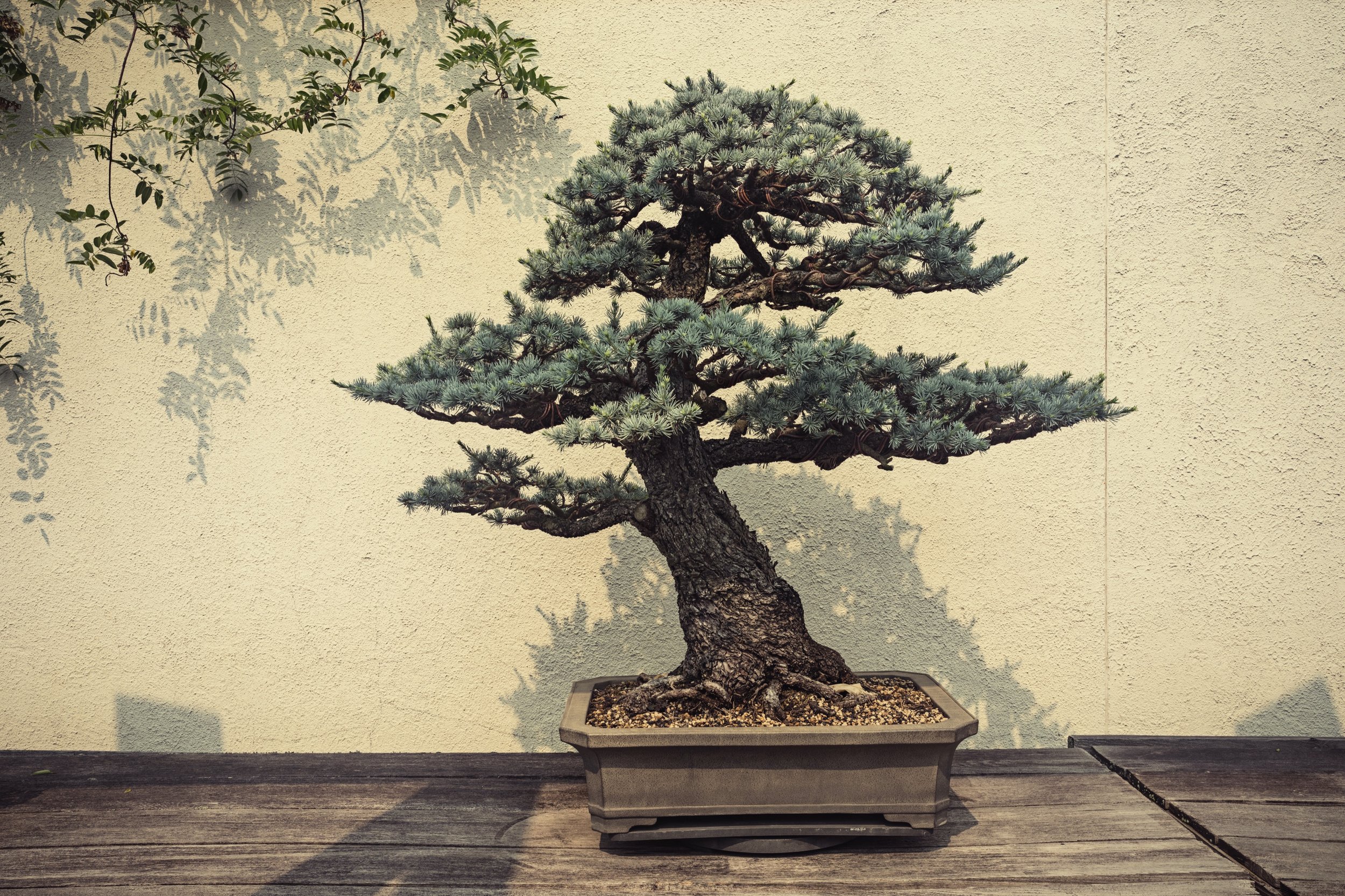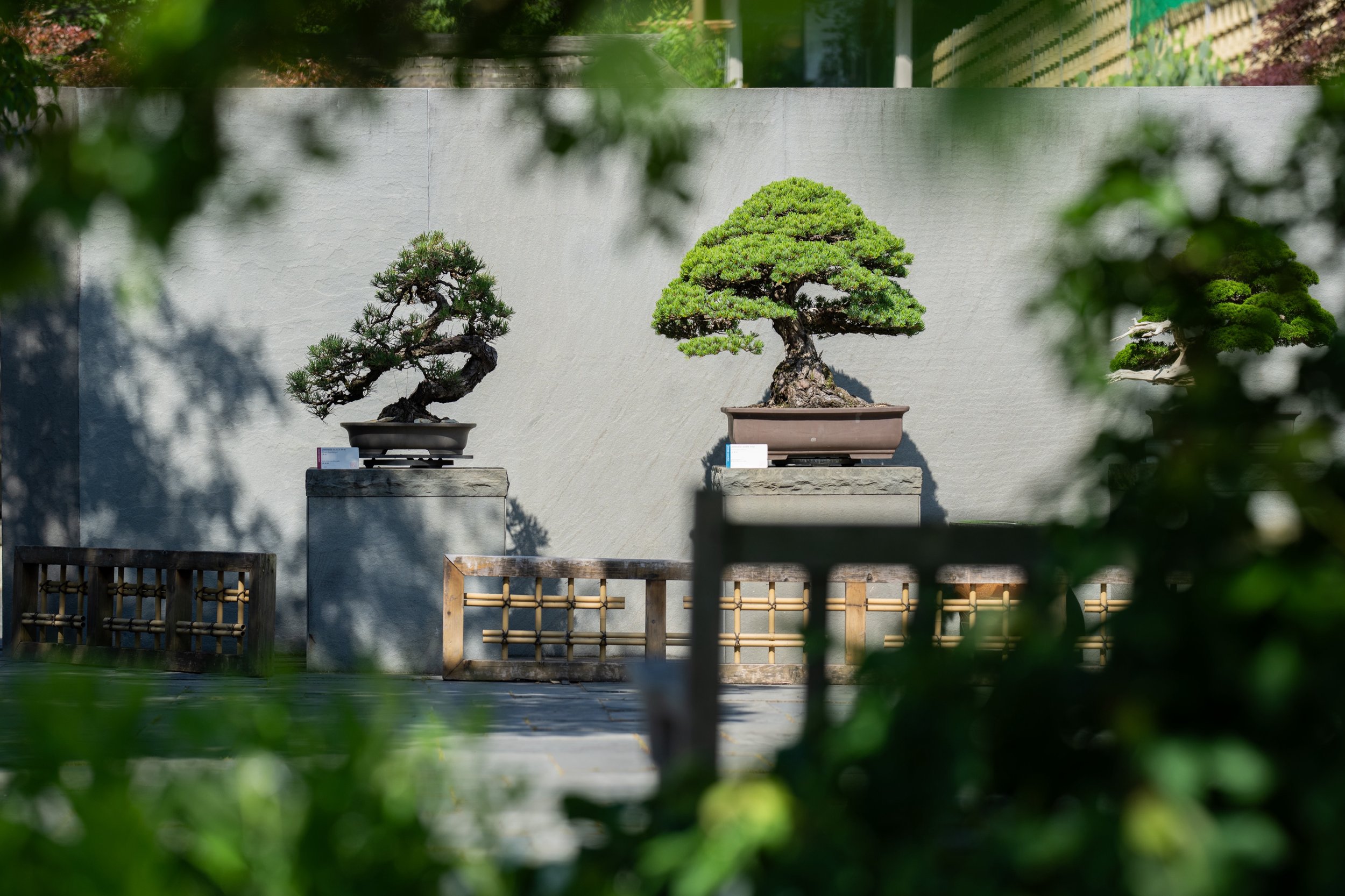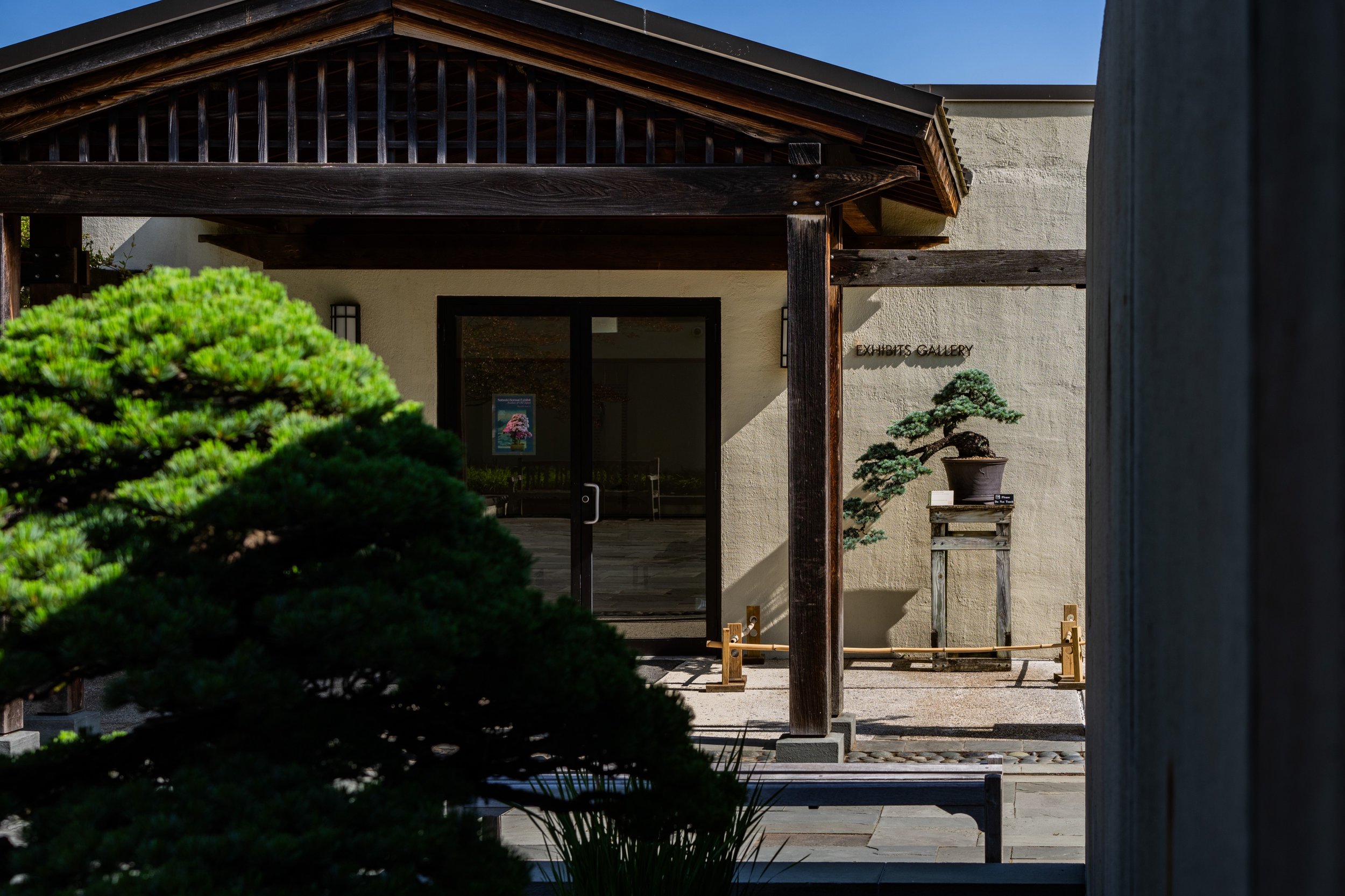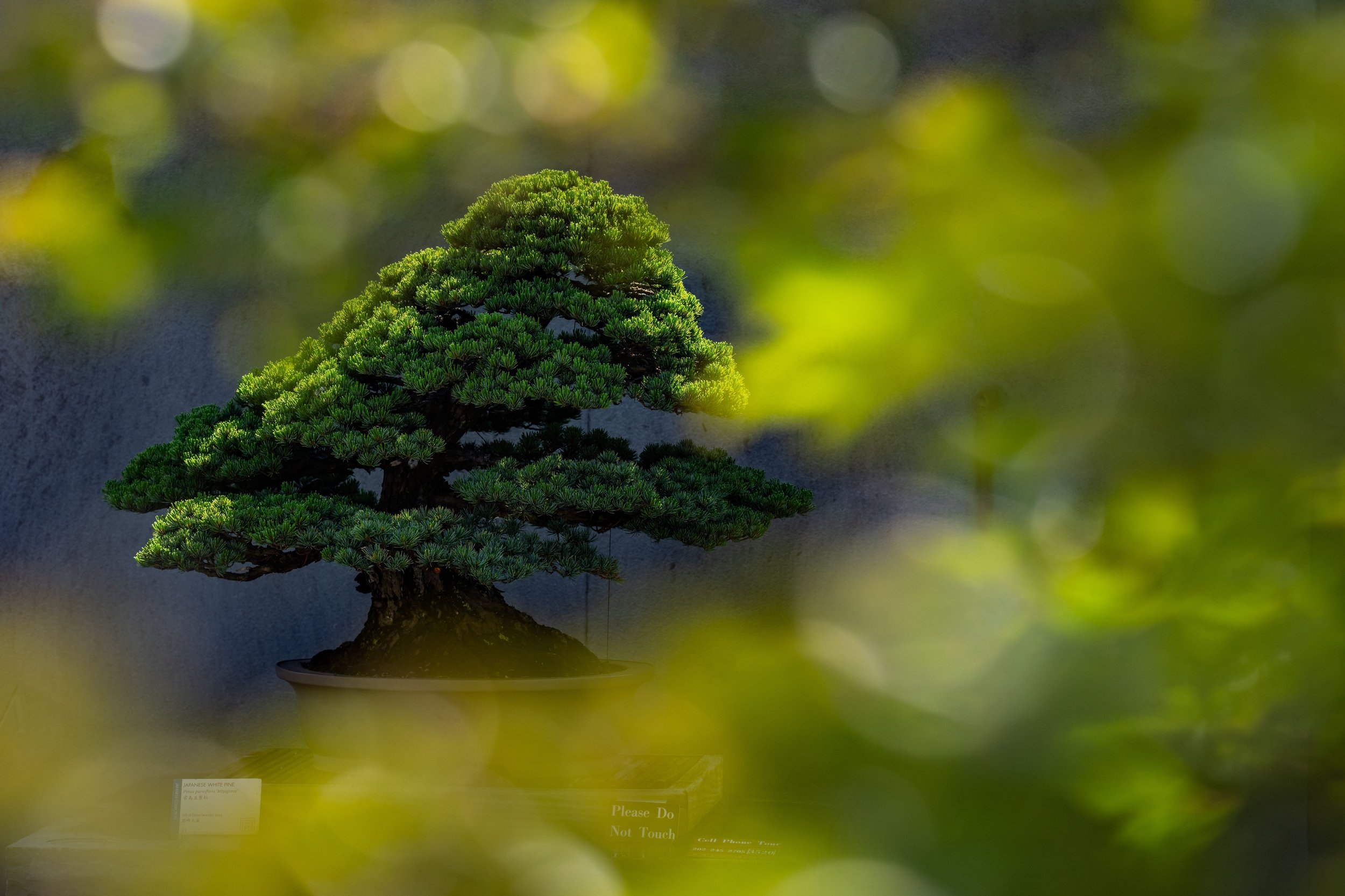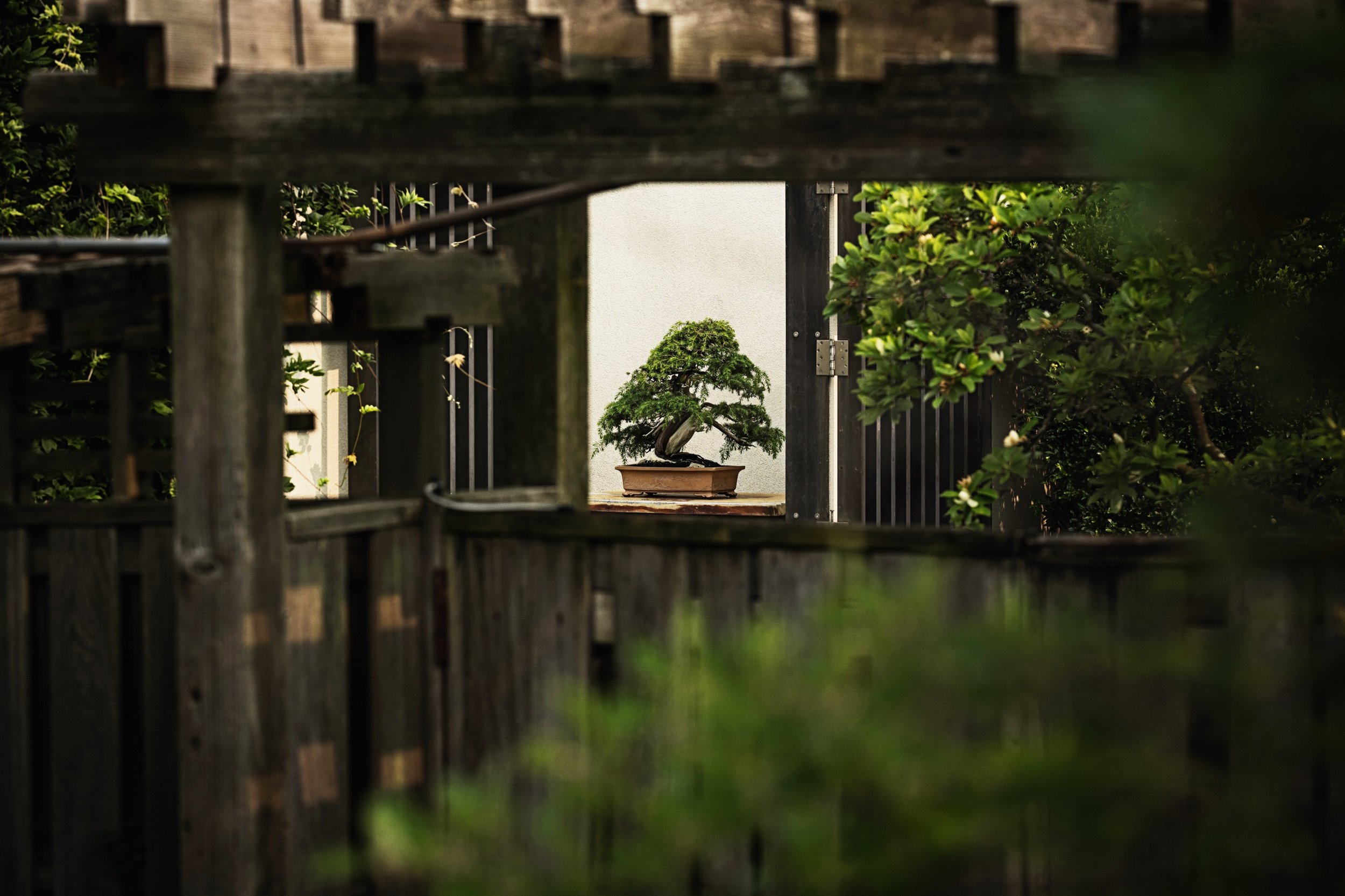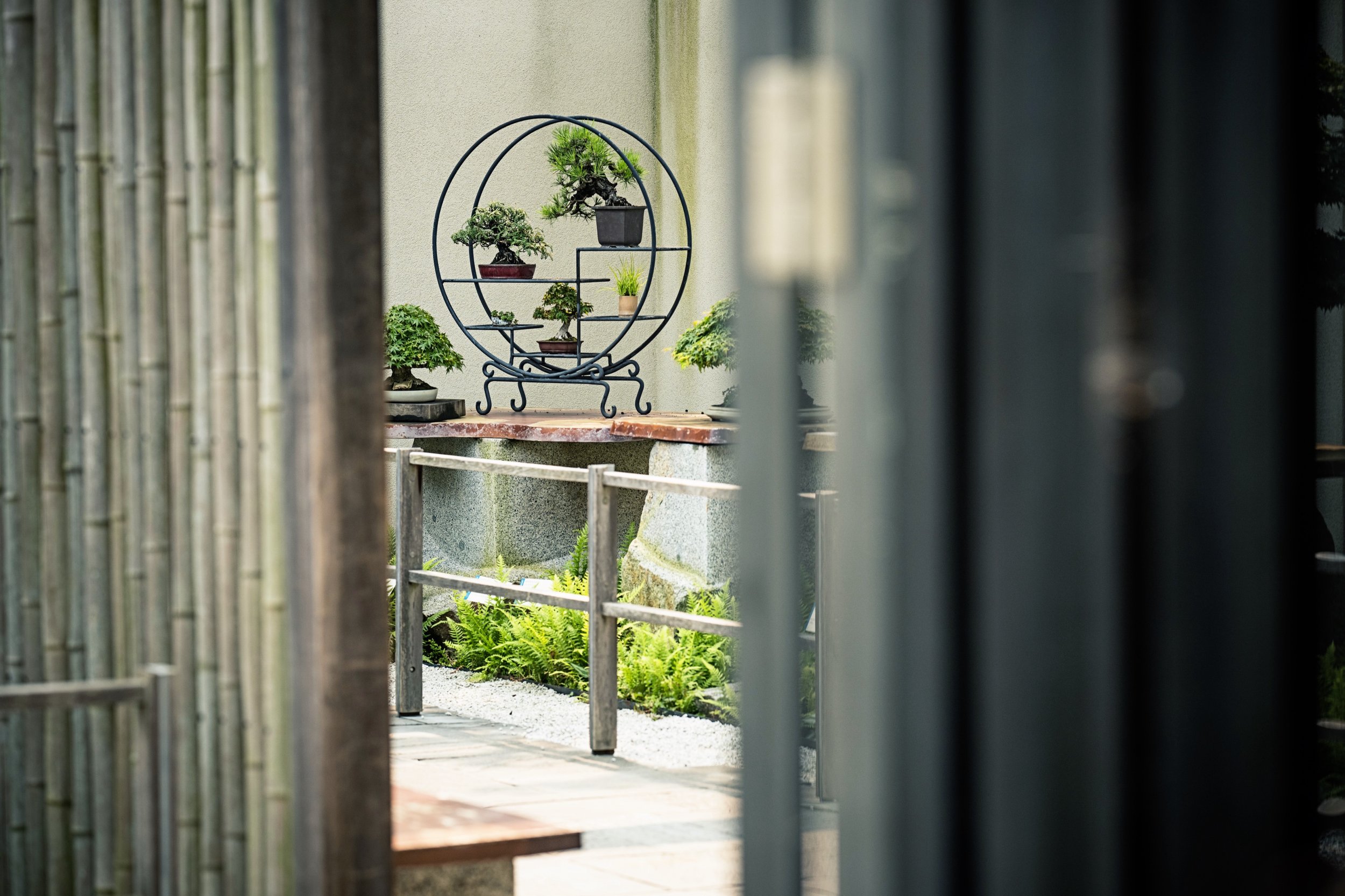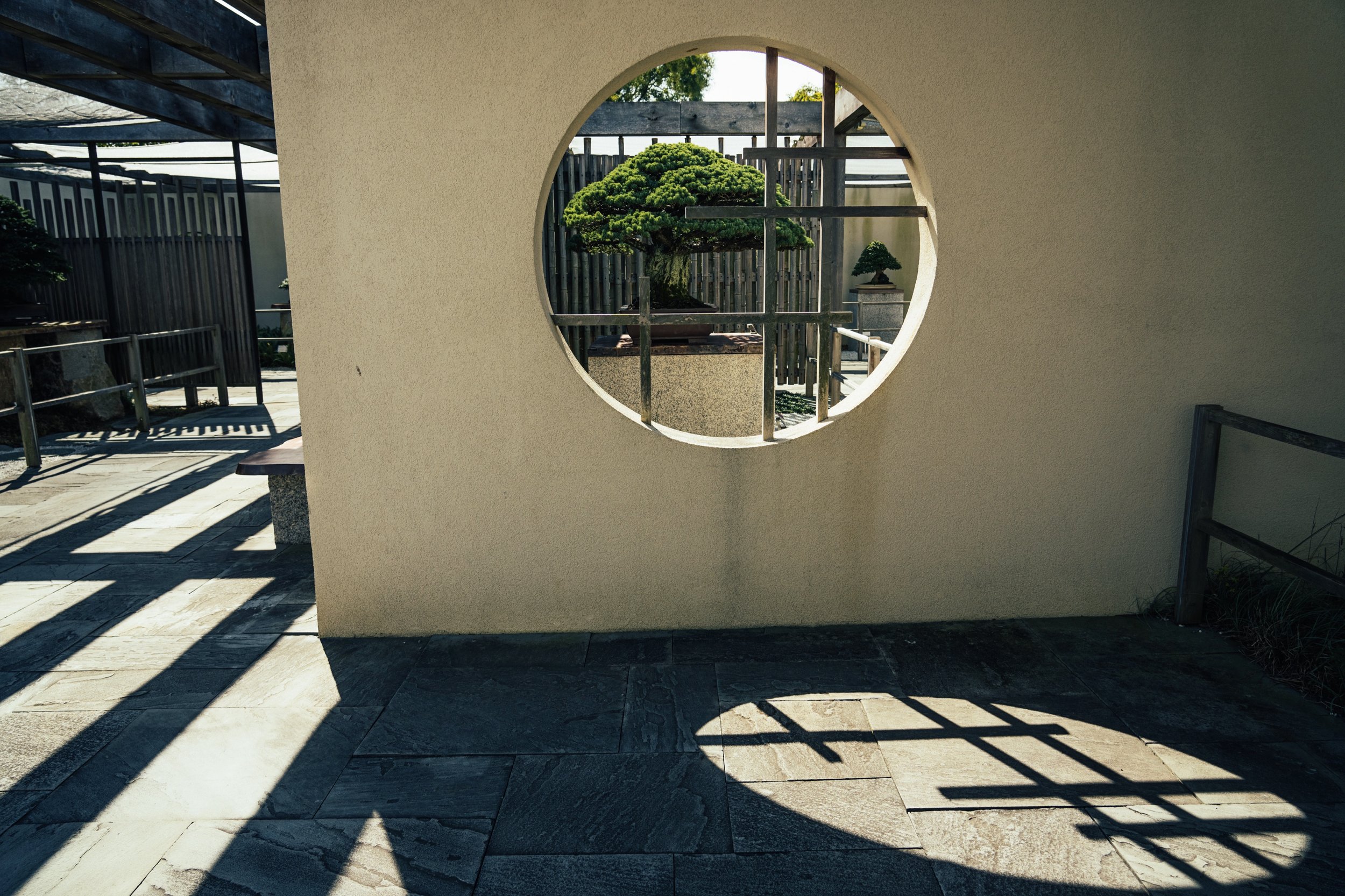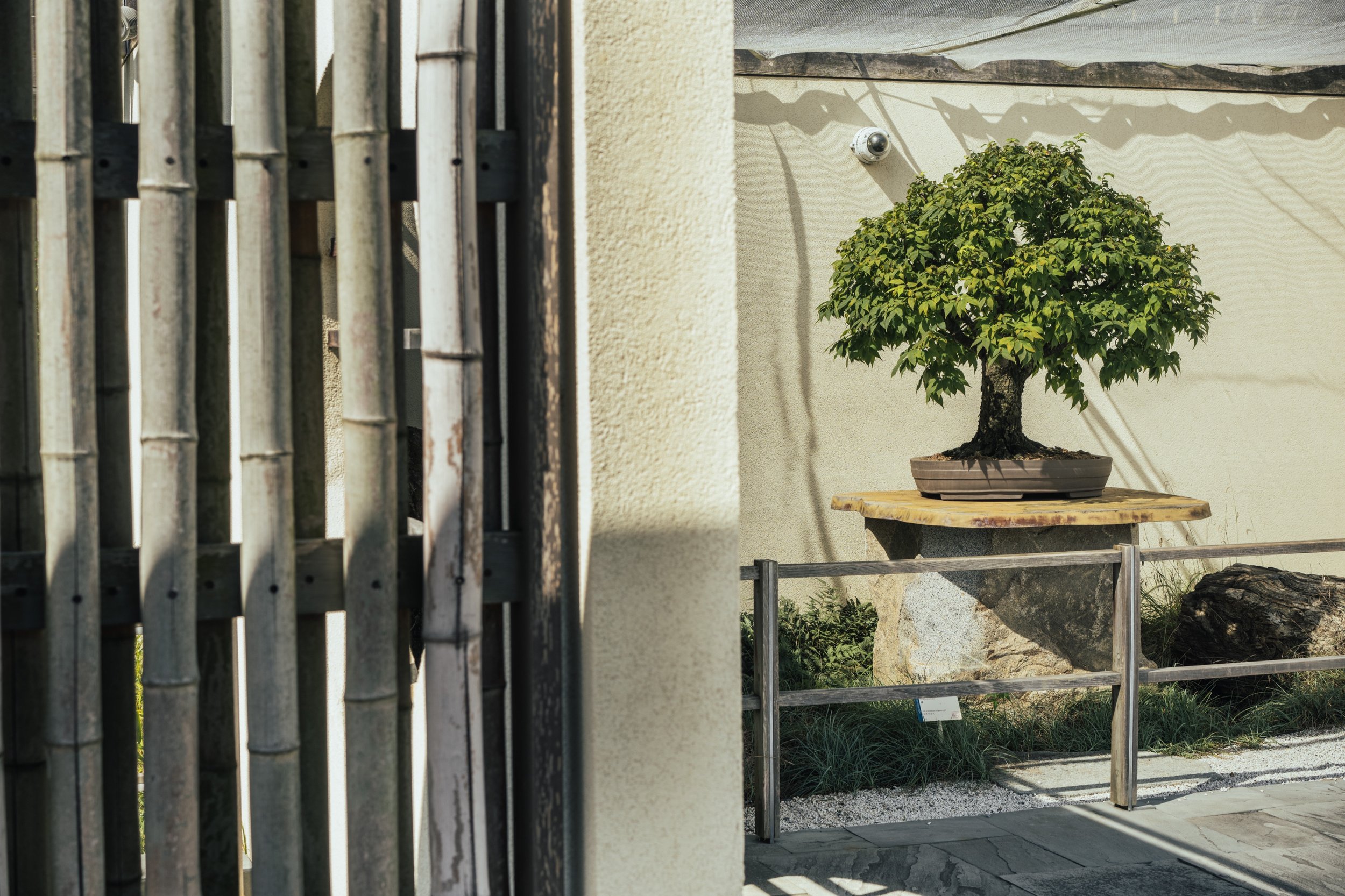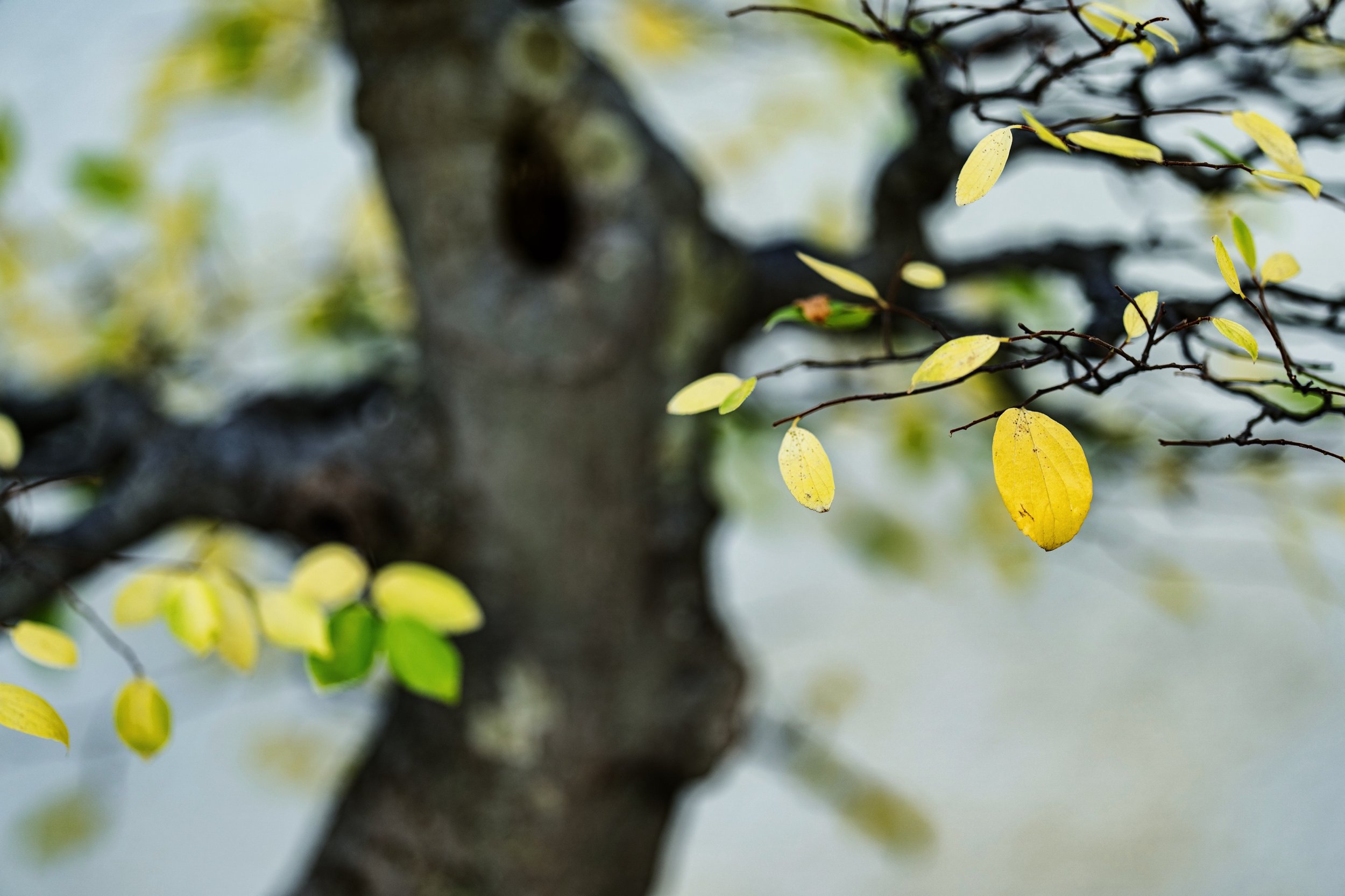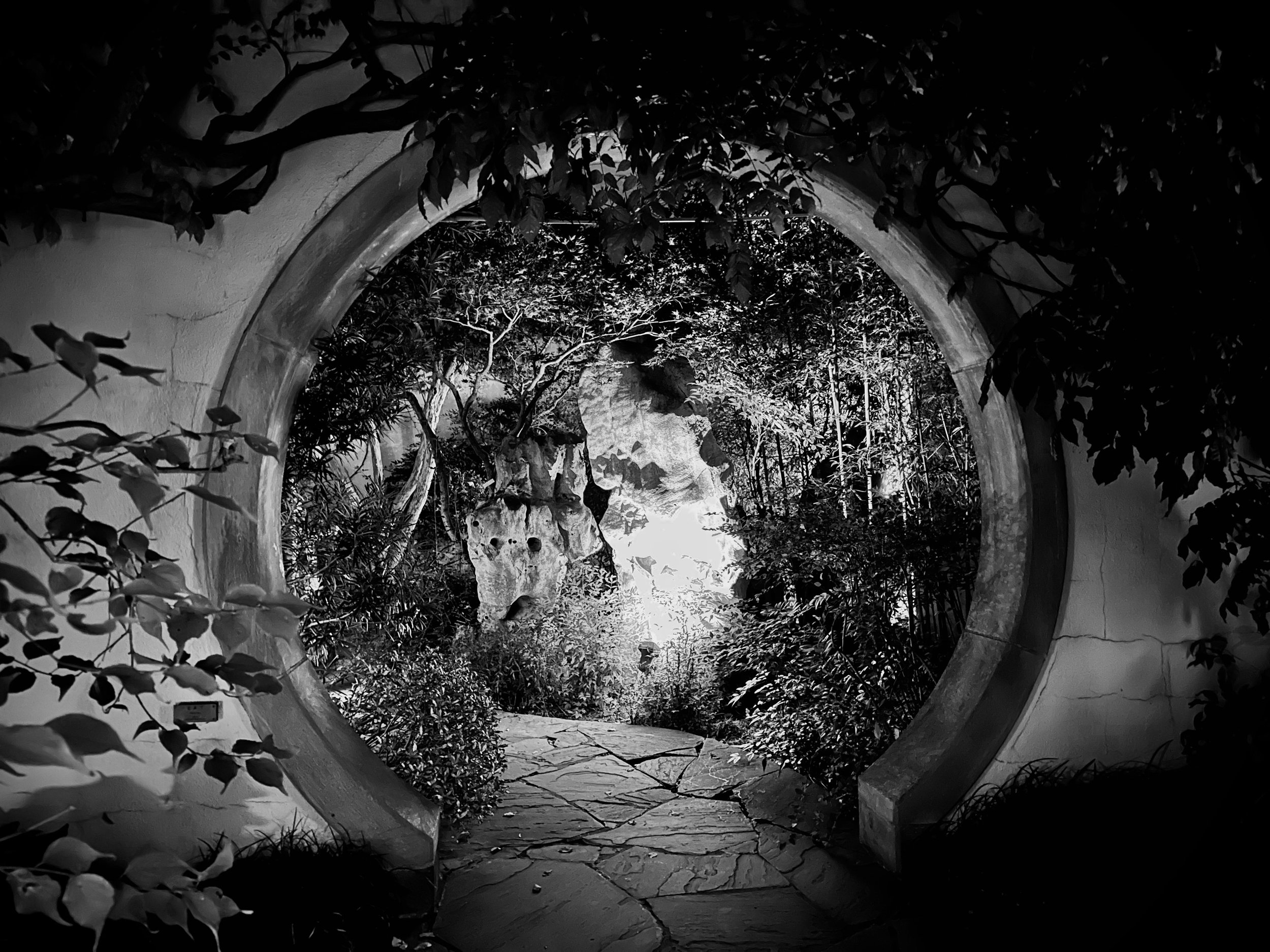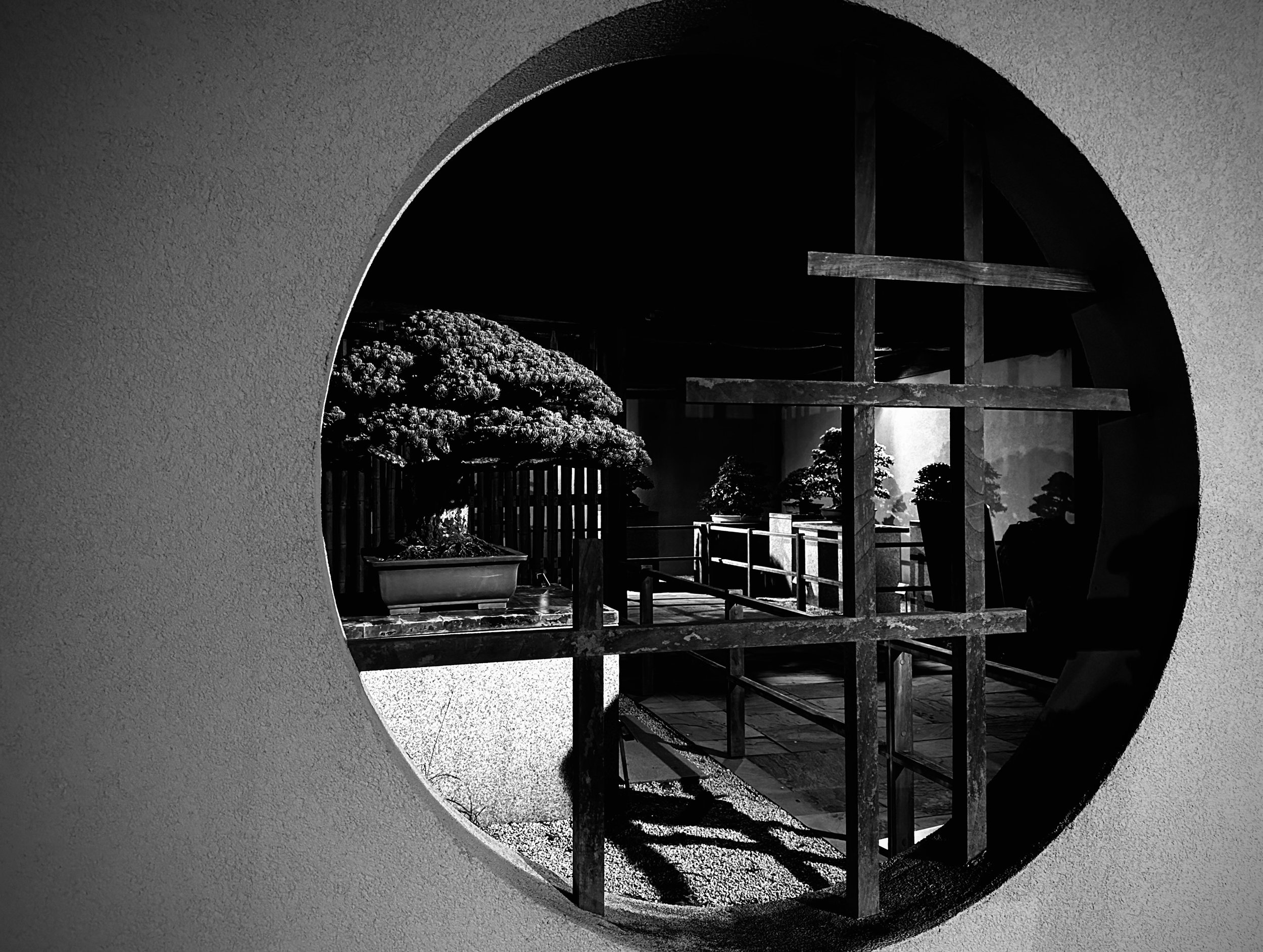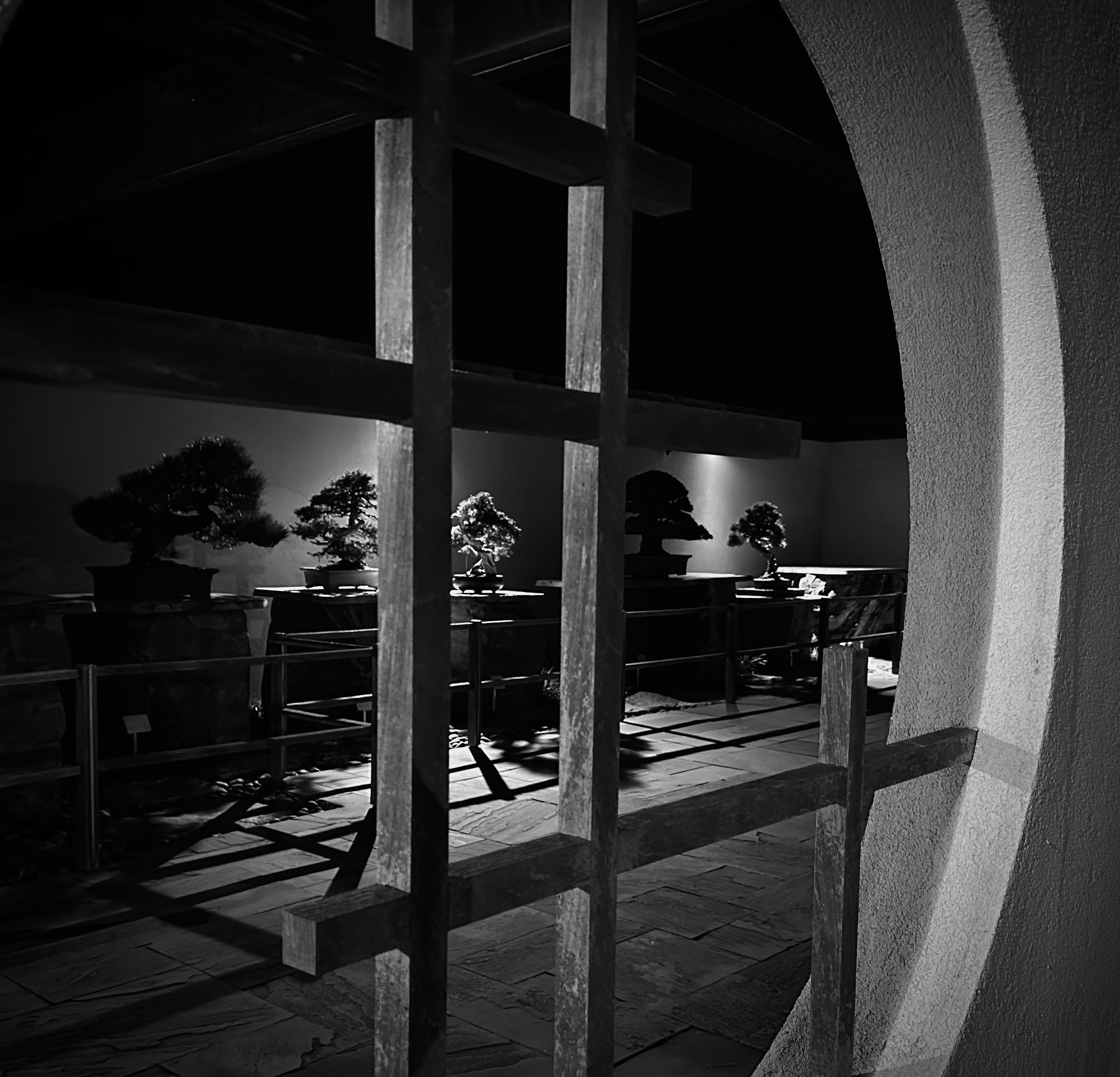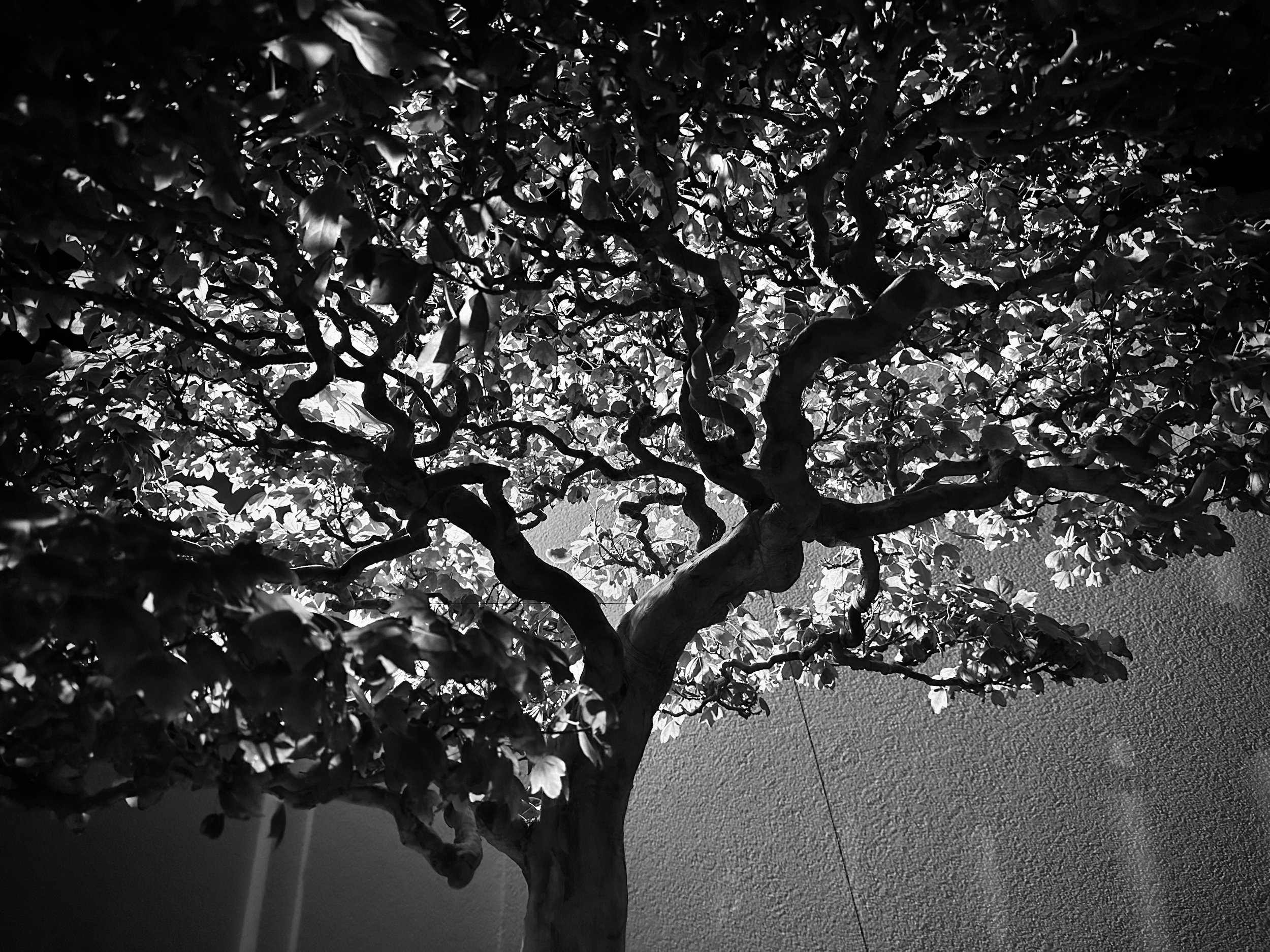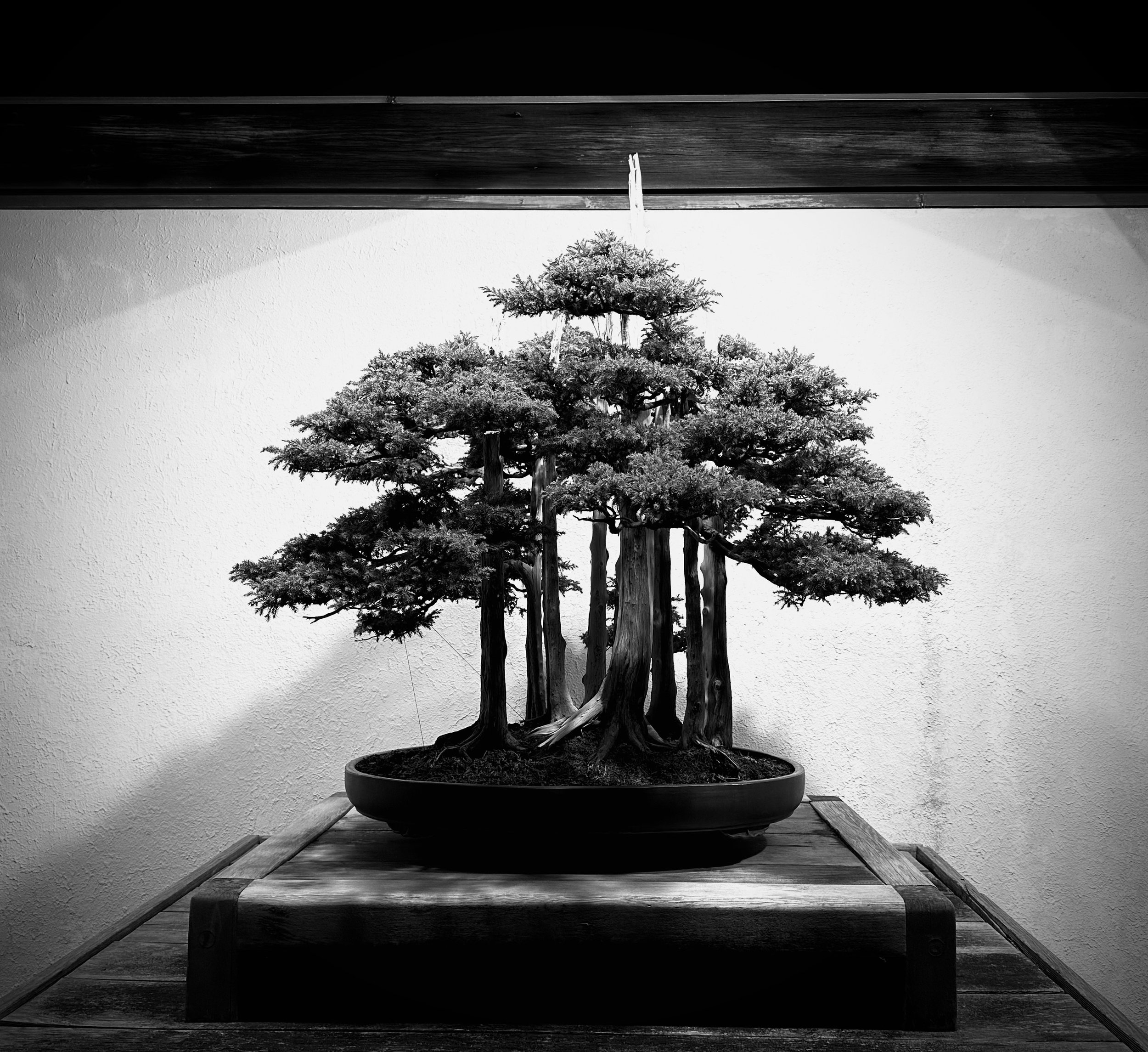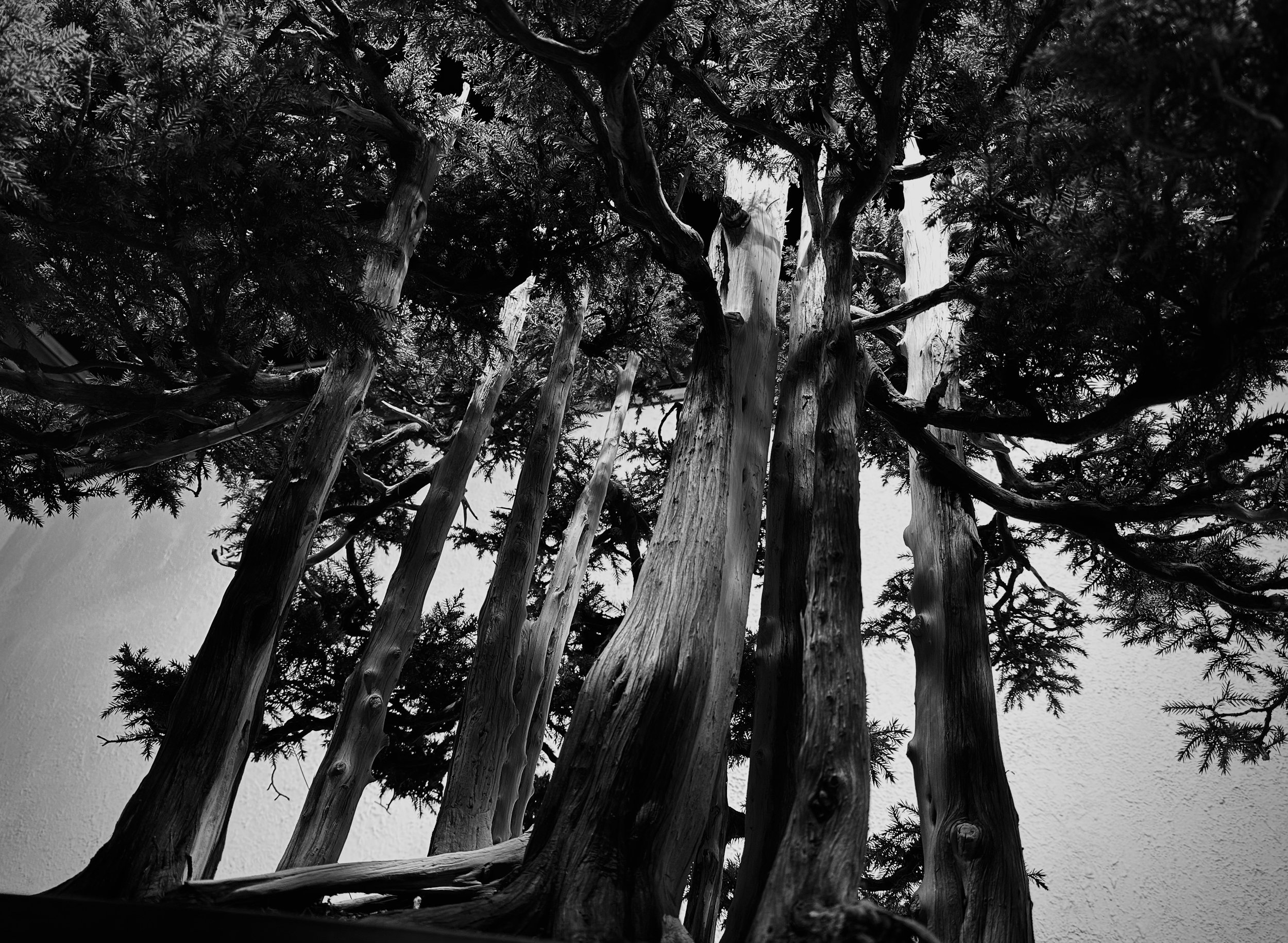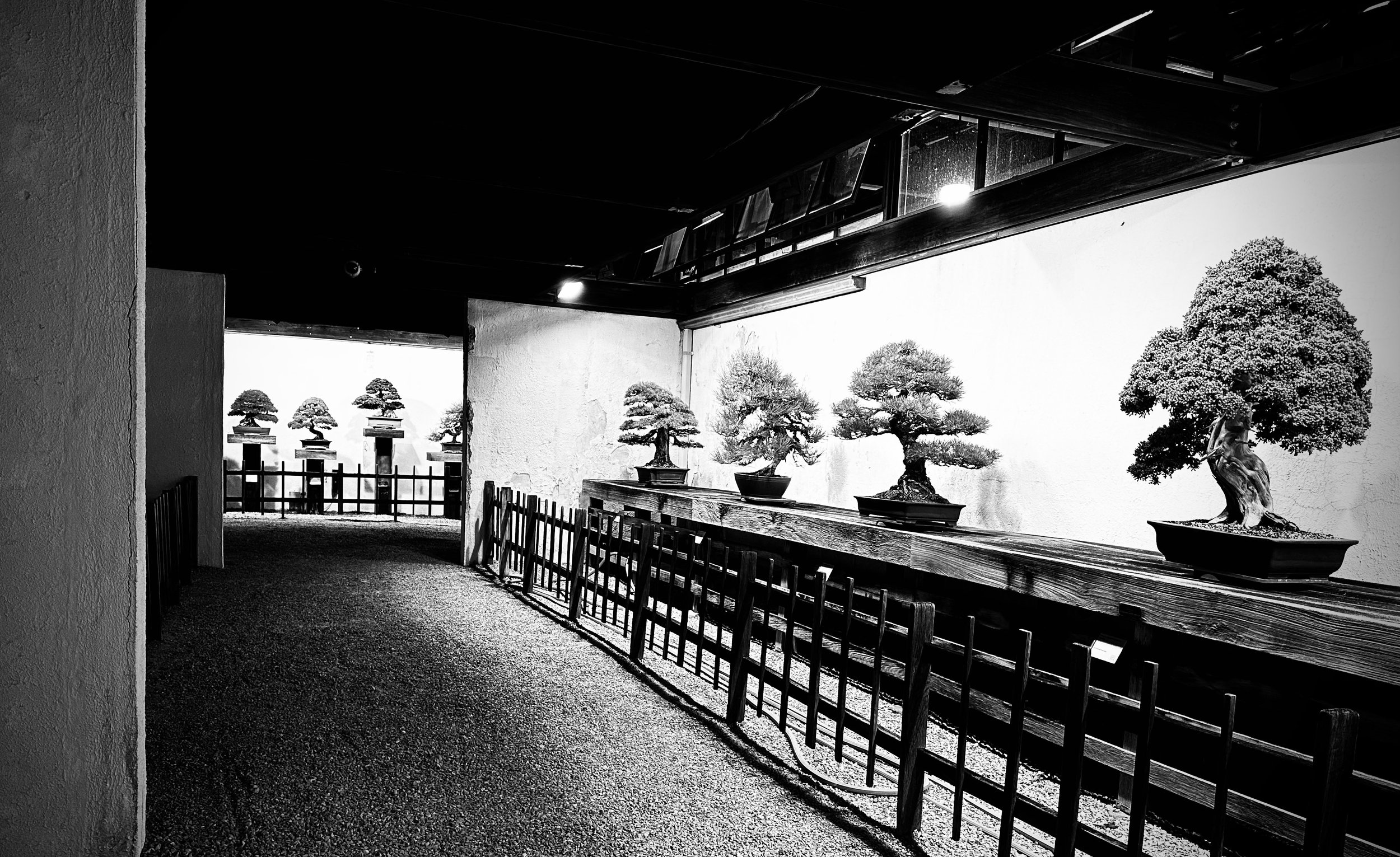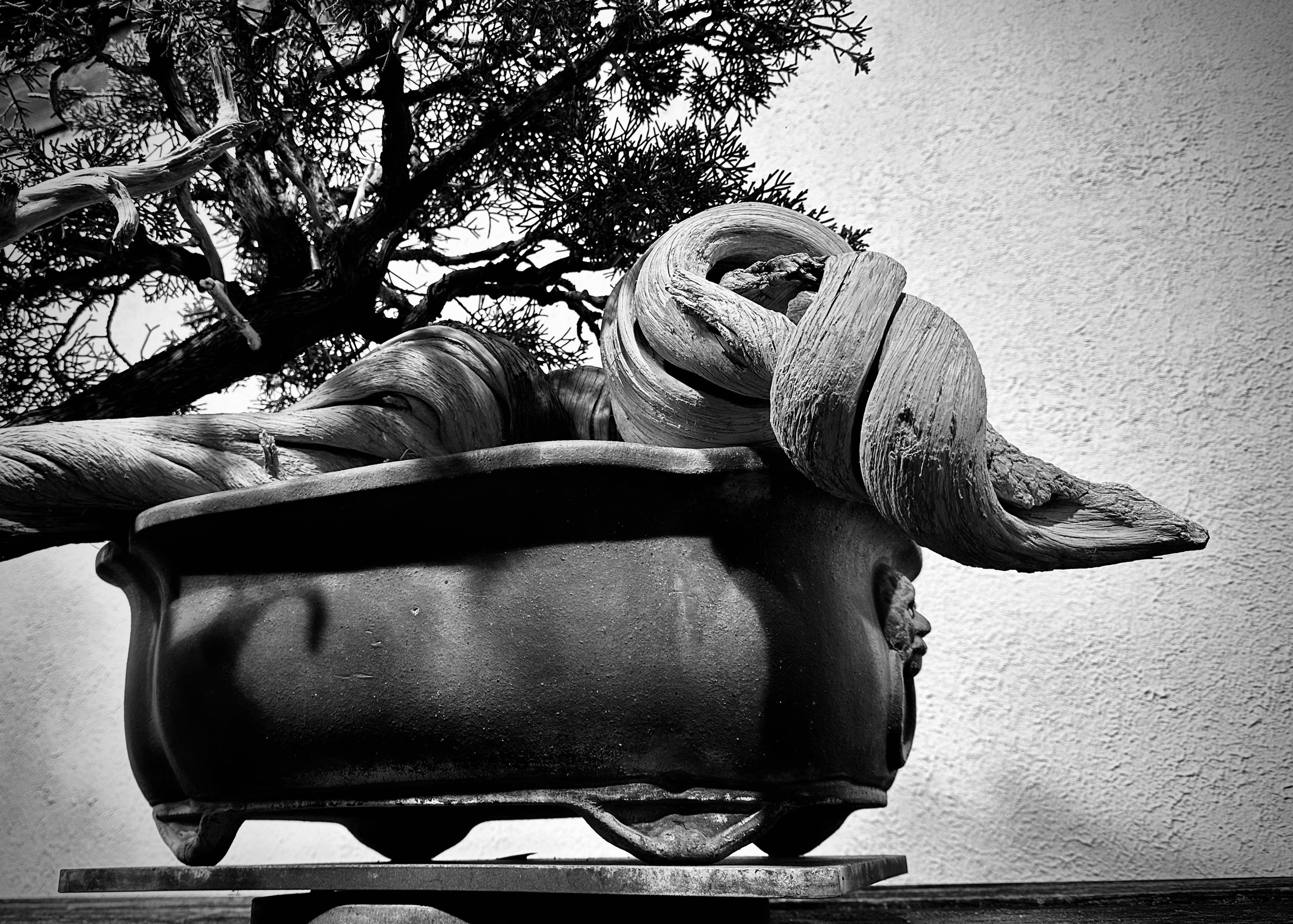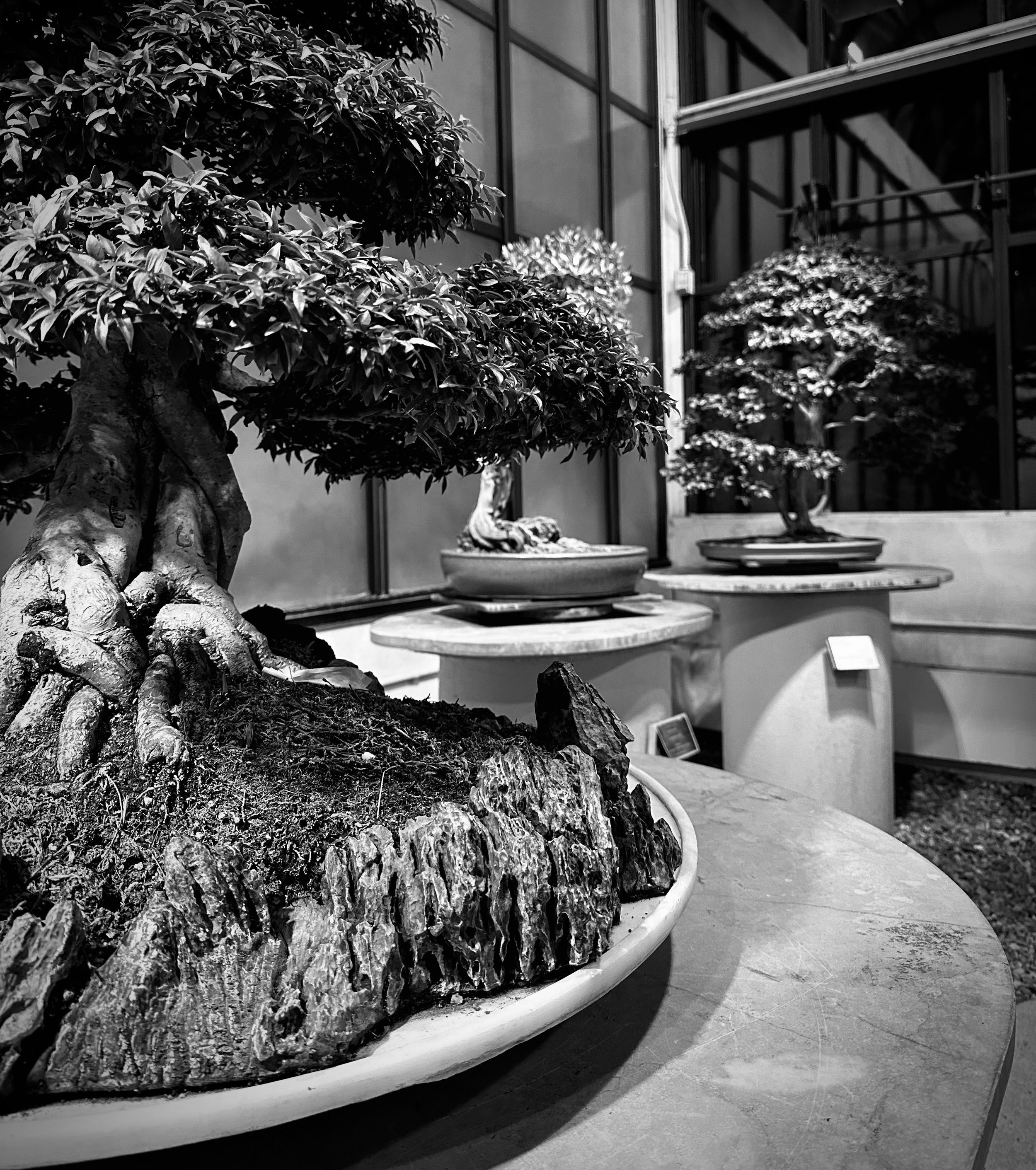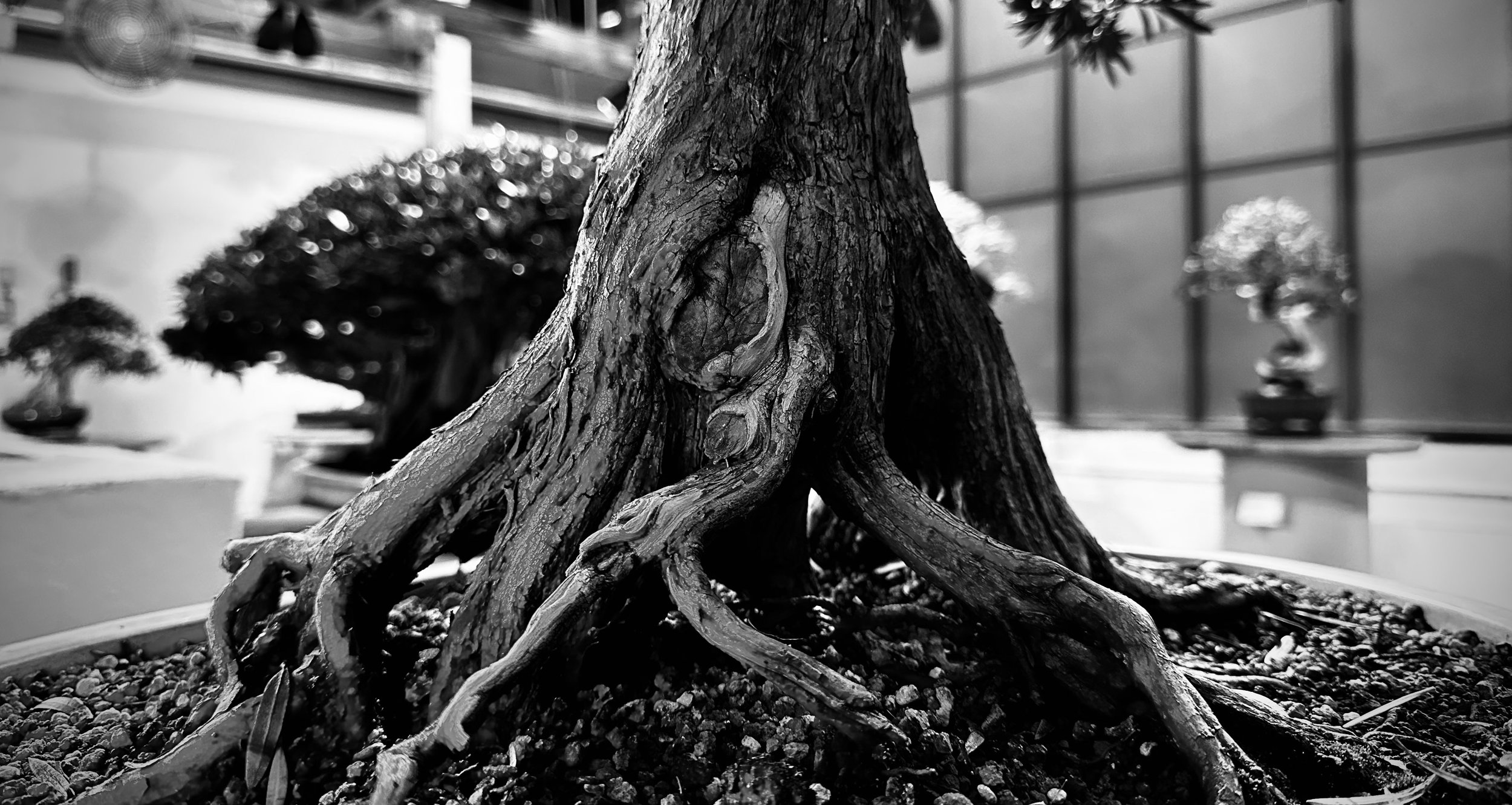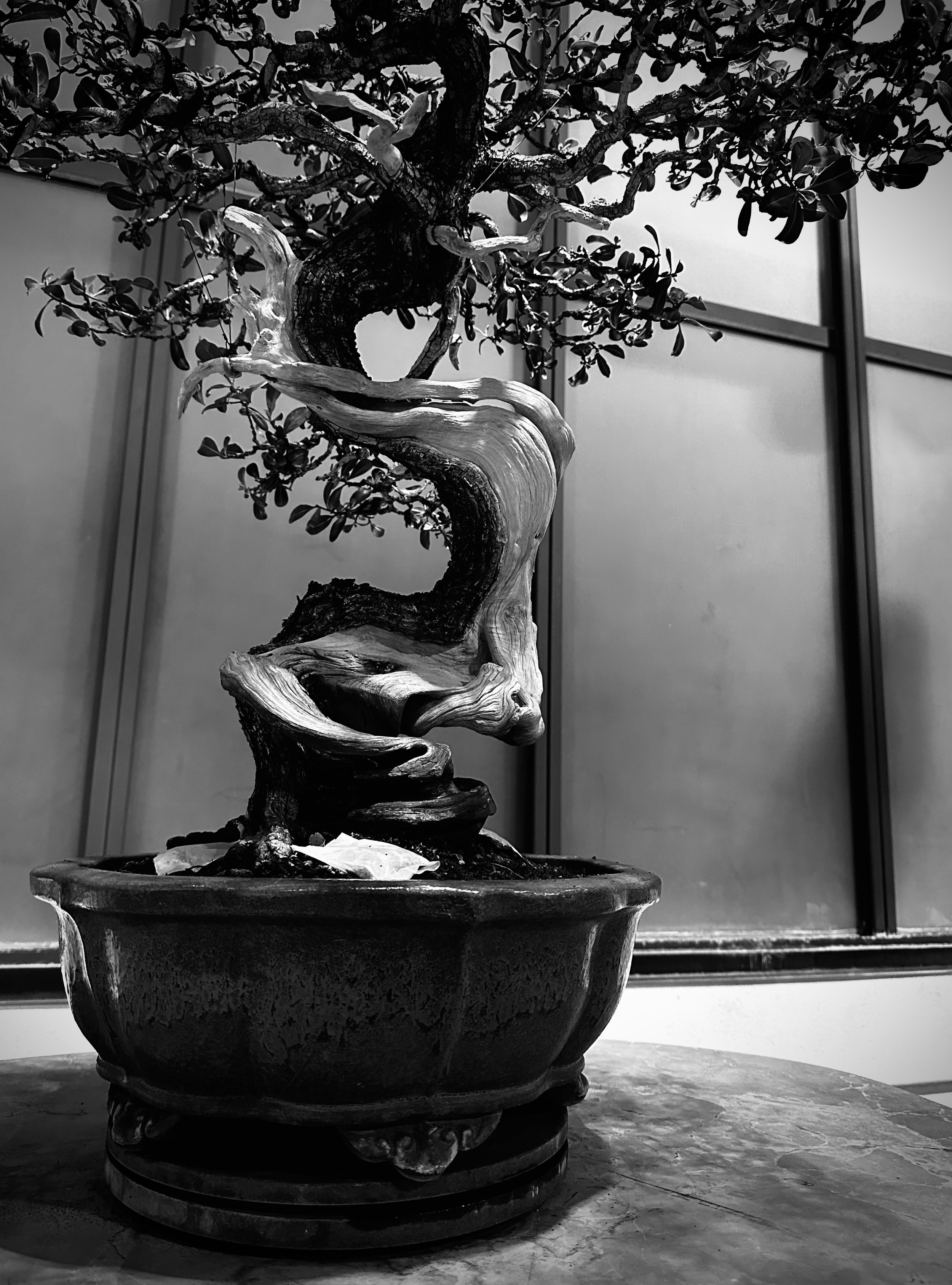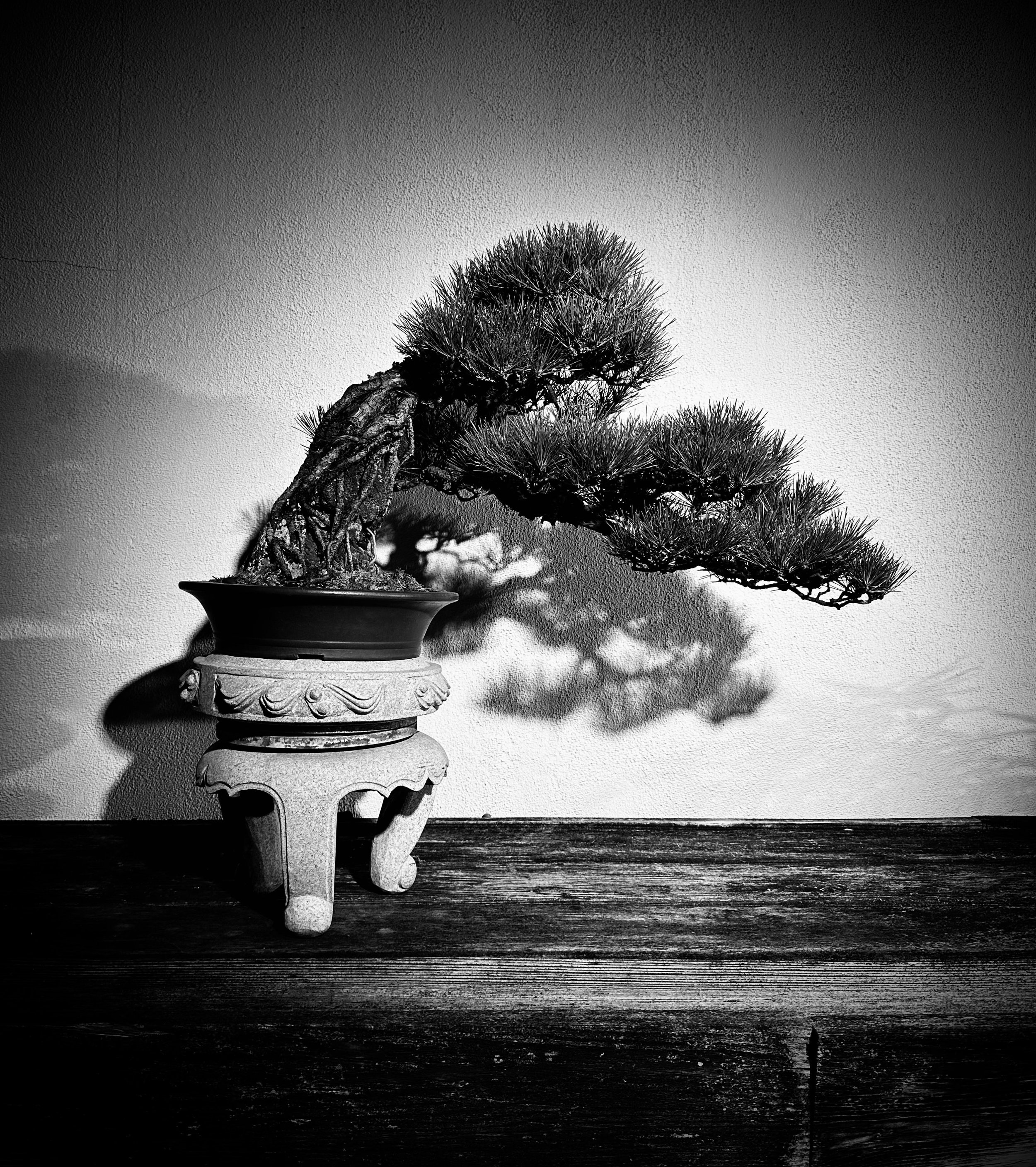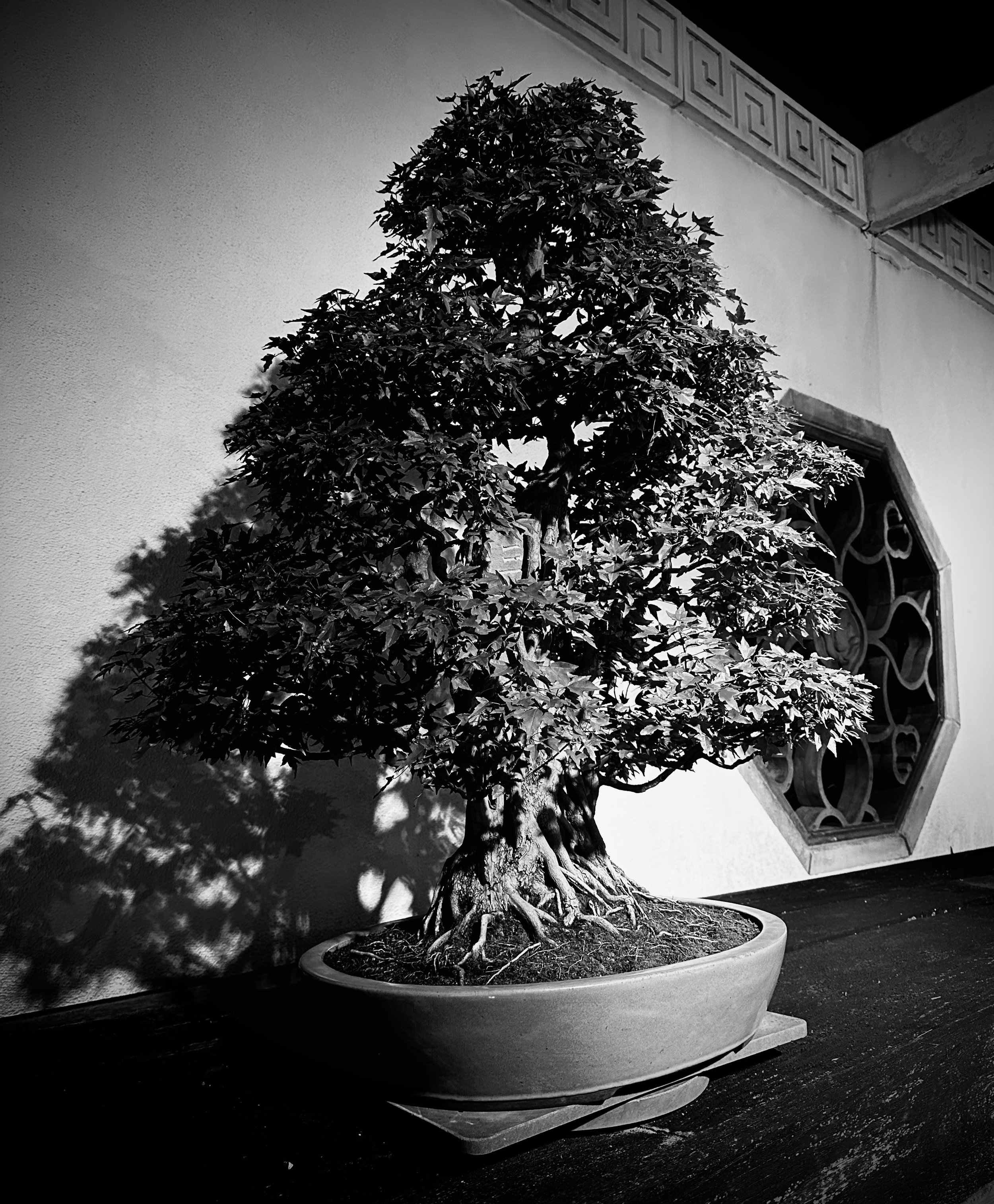I find myself returning to bonsai again and again to experience the serene joy they offer.
When I began photographing the collections at the National Bonsai & Penjing Museum two decades ago, I thought the project would have an obvious endpoint.
After my book of bonsai photographs was published in 2016, it seemed a natural place to stop.
And yet, I found myself returning to the museum month after month, year after year, to visit these trees that inspire me. The experience always gives me that “first time feeling” I once had more than twenty years ago: A sense of peace and admiration for the grace and beauty of these magnificent trees.
One of my favorite poems is this haiku from the 10th century by famed Japanese poet Bunya no Asayasu:
“In a gust of wind the white dew
On the autumn grass
Scatters like a broken necklace.”
This work marvels at the beauty of nature while remarking on its fleeting transience. Similarly, each trip to the museum, no matter how brief, enriches my lifelong experience of the place. I visit with my favorite trees, savor their seasonal changes, and admire the subtle growth of their branches over time.
When we talk about a “living art”, this is the unique gift it offers us: Natural artwork that evolves every day, with an ephemeral beauty which outlasts all of us, yet is impossible to capture permanently. The trees we see on display are not an end result, but part of a continuing conversation the talented artists have with their subjects.
The National Bonsai Foundation has a vital role in supporting this work. We train the next generation of bonsai practitioners, facilitate the acquisition of historic trees and viewing stones for the collections, and promote this legendary but niche art form.
With the support of our passionate, dedicated community, we will continue to partner with the museum, preserve the legacy of these trees, and ensure that they will flourish for generations to come.



























